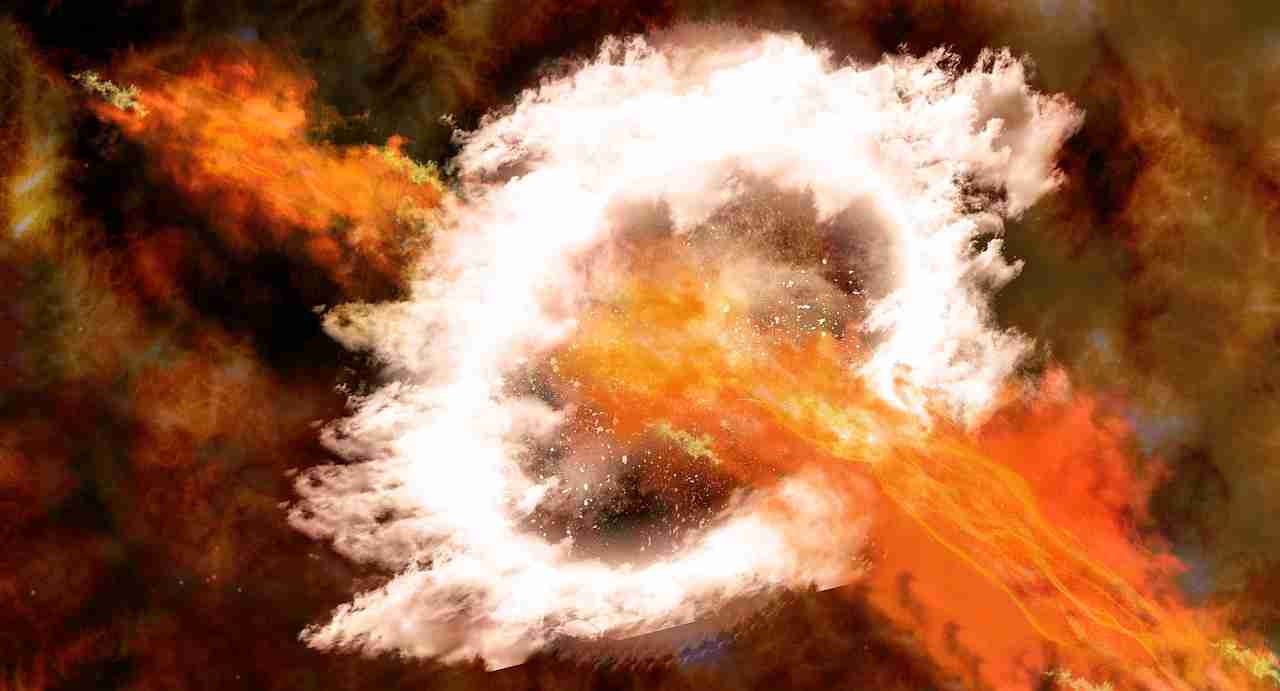22 Fun Facts About the Big Bang Theory
1. Fred Hoyle, a Big Bang critic, unintentionally coined the term Big Bang.
The term “Big Bang” wasn’t coined by a fan but by a skeptic, Fred Hoyle. In a 1949 BBC radio broadcast, Hoyle, who believed in the Steady-State Theory where the universe has no start, used “Big Bang” to describe the opposing theory.
Ironically, this dismissive term became the popular name for the idea that our universe began with a massive explosion 12 billion years ago. Hoyle’s catchy phrase stuck, even if he didn’t support its premise.
2. The James Webb Telescope almost challenged the Big Bang Theory.
In 2021, the James Webb Space Telescope almost toppled the Big Bang theory. The mighty telescope revealed galaxies so ancient and vast that they contradicted our understanding of the universe’s early days.
This sparked a debate: was the Big Bang theory flawed, or were Webb’s measurements off? Turns out, refined measurements showed these galaxies were smaller than thought, aligning with Big Bang predictions after all. A cosmic mystery, momentarily unsolved, then clarified.
3. The universe was once smaller than an atom before the Big Bang.
Before the universe’s grand expanse, it was unimaginably compact. Physicists, including Alan Lightman, suggest that 13.8 billion years ago, the entire cosmos was smaller than an atom! In Harper’s magazine, Lightman notes this space was a million billion billion times tinier than a single atom.
From that minuscule beginning, it unfurled into a vast expanse with 100 billion galaxies. An incredible journey from near-nothingness to cosmic vastness!
4. Within the first second, the universe was a billion degrees hot.
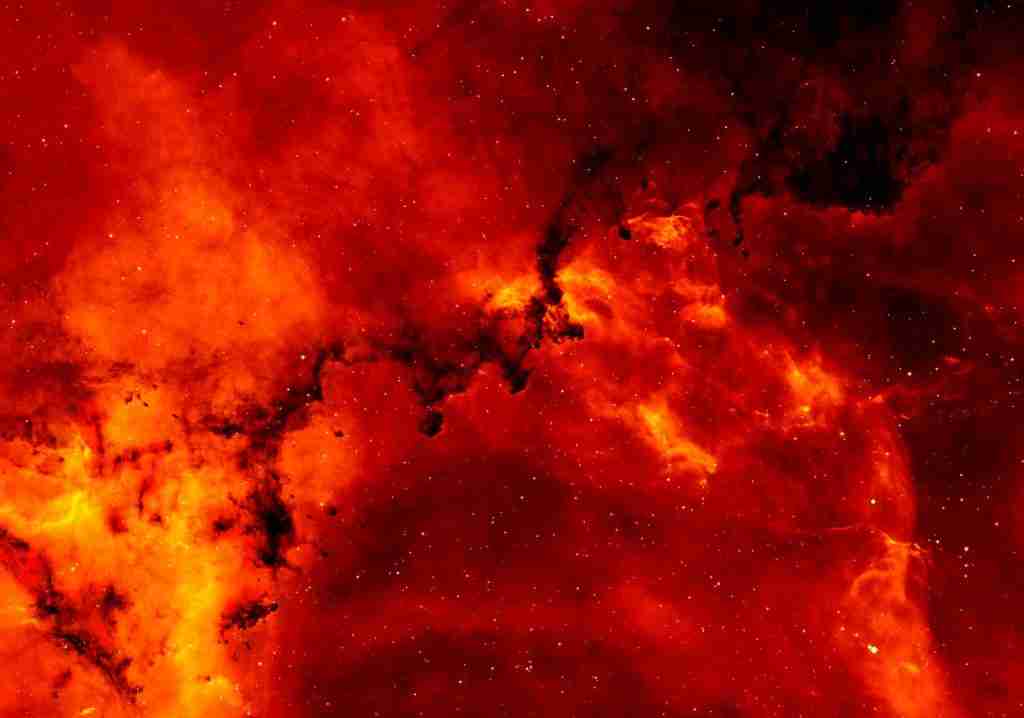
Just after the Big Bang, the universe sizzled at a whopping 10 billion degrees Celsius. Within a mere second, this intense heat fostered a primordial blend of light and particles. In moments, protons and neutrons collided, birthing hydrogen, helium, and tiny traces of lithium.
By 100 seconds, the temperature dipped to 1 billion degrees Celsius, but the cosmic dance of particles uniting continued. A fiery start to everything we know!
5. For 380,000 years post-Big Bang, the universe was a dense, hot soup.
For 380,000 years after the Big Bang, the universe was a hot, dense “soup” of particles. Electrons and nuclei swirled in the heat, making the cosmos opaque. As it expanded and cooled, particles combined, forming the first atoms. At about 3,000 K, the light finally escaped, illuminating the cosmic landscape.
This transformation from intense heat, through a particle soup, to a universe illuminated by the first rays of light, marks the beginning of the cosmic era we’re still exploring.
6. Einstein first dismissed the Big Bang as a possibility.
Einstein, the genius behind the revolutionary general theory of relativity, initially scoffed at the idea of an expanding universe. When Georges Lemaître, a Belgian scientist, proposed this theory in 1927, Einstein remarked, “Your calculations are correct, but your physics is abominable!”
However, Edwin Hubble’s findings later shook Einstein’s stance. It was a moment of cosmic irony when the man who reshaped our understanding of the universe found himself surprised by its expansive nature.
7. The Big Bang theory gained prominence in the 1940s.
The concept of a hot, dense beginning for the universe, first theorized by Alexander Friedmann in 1922, faced skepticism, even from Einstein. But by the 1940s, George Gamow’s insight propelled it. He envisioned a universe cooling over time, previously too heated for even atoms.
This suggested a past “primeval fireball”, hinting at a cosmic background now almost absolute zero. Initially a fringe idea, the theory’s proof evolved, reshaping cosmic understanding.
8. Post-Big Bang, the universe expands rapidly due to dark energy.
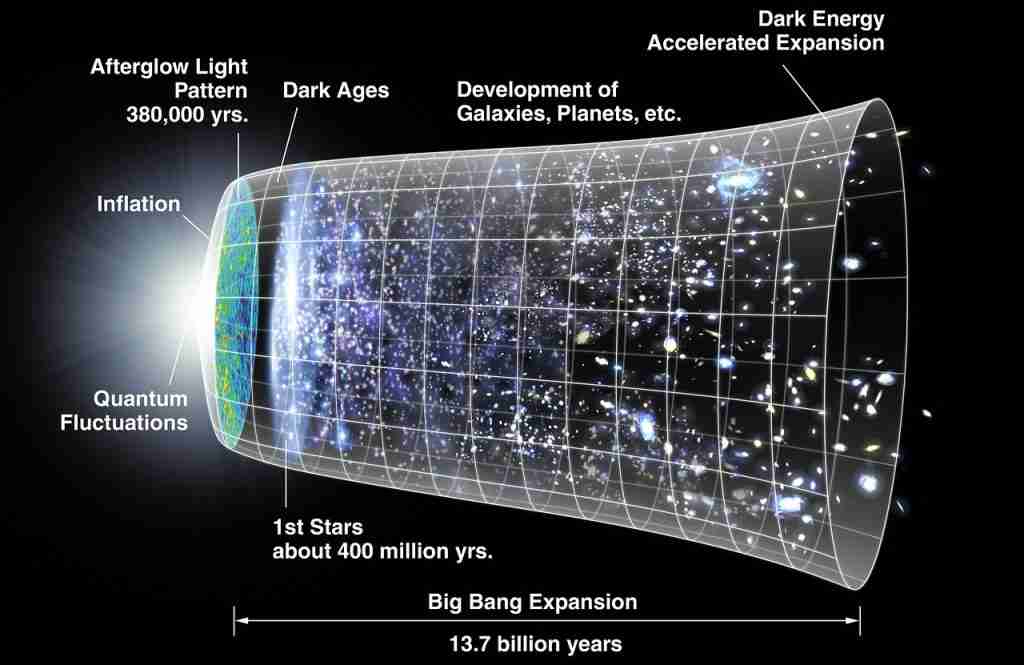
Dark energy, a mysterious force occupying 68% of the universe, works like an “anti-gravity” power, pushing cosmic objects apart. Contrasting gravity’s pull, it’s been stretching spacetime and accelerating the universe’s expansion for about 5 billion years.
Though everything we’ve observed—the planets, stars, and galaxies—makes up less than 5% of the cosmos, it’s this unseen dark energy that drives the universe’s expansion, with origins linked to quantum fluctuations in space.
9. The Big Bang’s Cosmic inflation expanded the universe beyond light speed.
During the universe’s first moments, a phase called “cosmic inflation” saw it expand faster than light. This rapid stretch, defying light’s speed limit within the universe, smoothed early irregularities and linked distant parts, allowing them to share heat.
This inflationary burst, lasting just a split-second, set the stage for a near-flat, vast cosmos. When inflation ceased, the intense energy released birthed matter and light, heralding the Big Bang.
10. Scientists suggest multiple Big Bangs and Universes.
The concept of just one Big Bang is being challenged. Some scientists suggest we might inhabit a cyclic multiverse with multiple Big Bangs. This includes a proposed “Dark Big Bang,” potentially the origin of elusive dark matter.
Similarly, string theory even hints at a staggering multiverse of 10 to the 500th universes. Imagine countless realities, each with unique laws of physics or subtle variances, all part of an intricate cosmic tapestry.
11. Big Bang’s CMB was found accidentally in 1965 by astronomers.
In 1965, radio astronomers Arno Penzias and Robert Wilson stumbled upon the Cosmic Microwave Background (CMB). This pervasive microwave radiation, remnants from the universe’s infancy, wasn’t just a curious find.
It provided concrete evidence supporting the Big Bang theory, suggesting our vast universe sprang from an explosive origin. Their discovery solidified the story of the universe’s dramatic birth and illuminated a pivotal chapter in our cosmic history.
12. Stars first appeared 100-250 million years after the Big Bang.
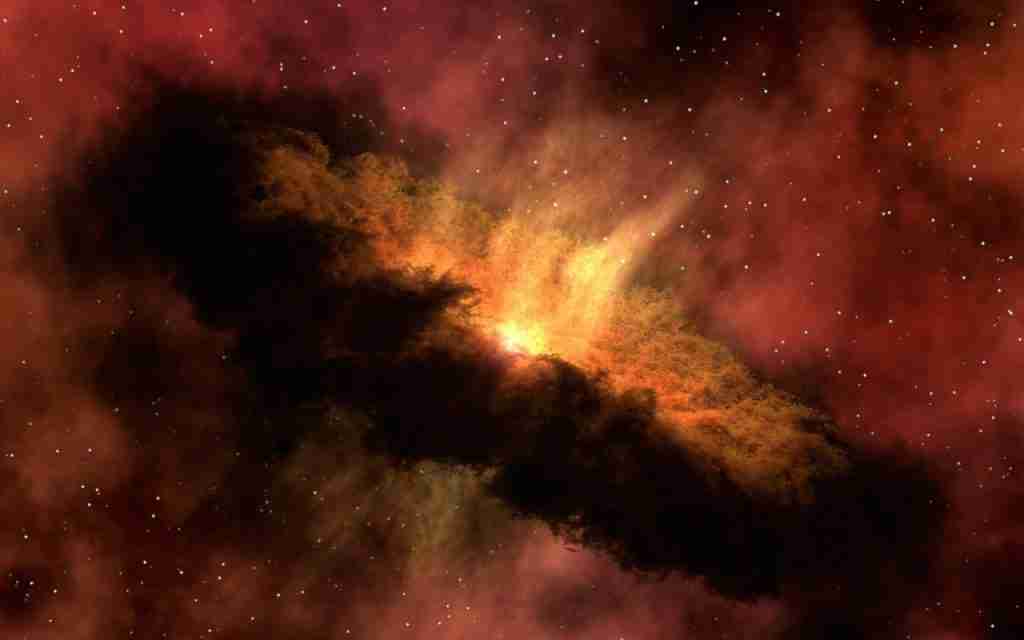
Around 150-200 million years after the Big Bang, the universe’s first stars sparked to life from dense gas clouds. Unlike today’s stars, these cosmic pioneers were giants, up to 300 times the Sun’s mass and shining millions of times brighter.
They paved the way for galaxies, transforming the universe from darkness to dazzling starlight. These stellar behemoths not only lit up the cosmos but also brewed heavier elements, enriching the celestial tapestry.
13. The first atoms formed about 380,000 years after the Big Bang.
380,000 years post-Big Bang, the universe cooled enough for atomic nuclei to snag electrons, forming the first hydrogen and helium atoms.
This pivotal moment termed the epoch of recombination, did two profound things: it lifted the cosmic fog, letting light travel freely, and birthed a distinct glow—the cosmic microwave background. This initial atomic dance illuminated the universe, with its radiant aftermath still detectable today.
14. Most of the Helium was formed minutes after the Big Bang.
If you’ve ever smelled helium from a party balloon, you’re getting close to an element that has ancient origins. Most of the helium we encounter was created just 3 minutes after the Big Bang, during a phase called nucleosynthesis.
As the universe cooled, protons and neutrons combined, forming helium and hydrogen. Helium accounts for about 24% of the elemental mass in the universe. So, each time you see a helium balloon, it’s like a little piece of cosmic history floating by!
15. After the Big Bang, matter and antimatter were in fierce competition.
Seconds after the Big Bang, matter and antimatter were almost equal, constantly being created and annihilating each other. But a tiny imbalance allowed one in a billion particles of matter to survive while antimatter vanished.
This mystery, where something tipped the balance, leaving behind the matter that now forms everything, including galaxies and us, is one of physics’ greatest puzzles. This surviving matter is why we, and everything we see in the universe, exist today.
16. Quarks, not atoms, were the primary entities just after the Big Bang.
Right after the Big Bang, it wasn’t atoms, but quarks, dominating the scene. A flurry of activity ensued as the universe expanded and cooled from a scorching 10 billion degrees Celsius. Within minutes, Protons and Neutrons collided, forging the universe’s earliest elements: hydrogen, helium, and small traces of lithium and beryllium.
Yet, the universe remained too fiery for these nuclei to form full atoms, resulting in an electron-dense fog that scattered all light.
17. The Dark Ages were the time post-Big Bang until the first stars appeared.
The universe’s “Dark Ages” spanned hundreds of millions of years post-Big Bang. During this stretch, space was eerily quiet, populated only by a haze of Big Bang-forged hydrogen atoms. No stars, galaxies, or radiant light existed.
Only after this lengthy silence did the first stars ignite, ending the Dark Ages and heralding a cosmos bustling with activity. In this dim era, the universe patiently set the stage for the celestial drama to unfold.
18. The first post-Big Bang stars were giants, 100 times our Sun’s mass.
The universe’s earliest stars, known as Population III stars, were colossal giants, potentially 100 times heftier than our Sun. Emerging around 100 million years after the Big Bang, these behemoths illuminated a young cosmos.
Their vast size, unlike any stars we see today, resulted from unique cosmic conditions, allowing them to skip typical formation stages. Their immense mass not only lit up the early universe but also influenced its very structure.
19. The end of the universe could be a Big Freeze, Big Rip, or Big Crunch.
Our universe’s end could take various dramatic turns. It might expand endlessly, leading to a cold Big Freeze, or dark energy might intensify, causing a universe-shattering Big Rip. There’s also a chance it could reverse its expansion, started after the Big Bang, and collapse in a Big Crunch, potentially rebounding in a cyclical Big Bounce.
These cosmic destinies hinge largely on the mysterious dark energy and the universe’s final act remains a captivating mystery.
20. Primordial black holes might have formed after the Big Bang.
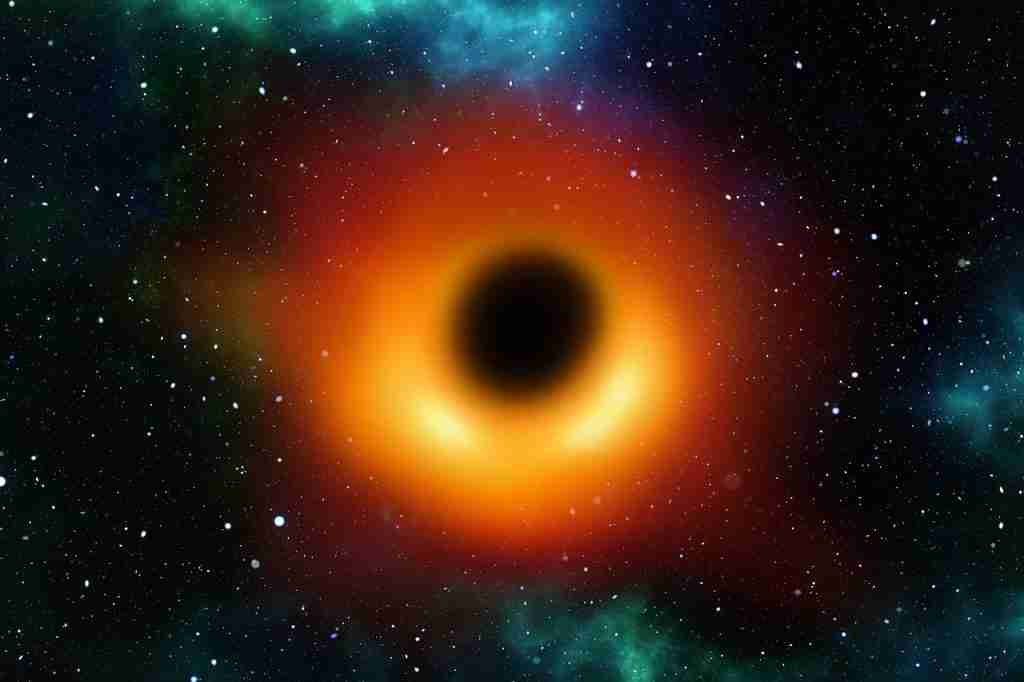
Soon after the universe’s explosive start, the intense chaos might’ve birthed primordial black holes. These early formations, theorized by the likes of Stephen Hawking, weren’t like today’s black holes.
Formed in dense pockets during the universe’s infancy, they ranged in size from super tiny to vastly massive. While still elusive, their existence could shed light on the universe’s mysterious early moments, bridging our understanding from the Big Bang to the present day.
21. Gravitational waves could be remnants of the Big Bang.
Gravitational waves, predicted by Einstein in 1916, are space-time ripples caused by massive cosmic events, like merging black holes. But there’s a twist. Some scientists believe these waves might hold echoes from the Big Bang itself, serving as cosmic fossils.
If we ever catch these ancient waves, we’ll unlock secrets from the universe’s earliest moments, truly tuning into the grand symphony of space and time.
22. The Big Bang made no sound, the universe was born silently.
The “Big Bang” was ironically silent because there was no space or medium for sound to travel through. It wasn’t until 380,000 years later that the universe hummed its first notes, filling the cosmic void with sound waves.
So, despite its explosive name, the Big Bang Theory suggests the universe’s beginning was eerily quiet, unfolding in a silence that preceded the cosmic symphony of noises. This is just one of the many fun facts about the Big Bang Theory. Such a silent start leads to a universe humming with energy and movement.
FAQs
Seeing back to the Big Bang is like trying to look through a thick fog. We can’t see past about 400,000 years after it happened. Back then, the Universe was like a foggy room, with free electrons blocking the view, just like water droplets in fog. Once it cooled, the fog cleared, but we couldn’t see before that time.
Right after the Big Bang, everything was packed so tight that gravity was super strong. This strong gravity made time go slower than it does now. We even see proof of this in the static on old TVs, which shows radiation from that time. The radiation has changed from light to slower-moving microwaves, just like time used to move slower back then.
The Big Bang wasn’t like a regular explosion from one spot. Instead, it happened everywhere at once, like every part of a huge cake rising in the oven. So, there’s no empty center in the universe, because the Big Bang filled all of space with energy that turned into galaxies, like the raisins in our cake. The universe doesn’t have a center like we think of centers; it’s more about a time long ago than a place.
The Big Bang started our universe. Imagine all the energy of the universe squished into a super tiny spot. This spot exploded with huge power, creating everything we see in space, like stars and galaxies. Scientists call this massive explosion the Big Bang because it was the beginning of everything.
Scientists think the energy for the Big Bang came from a special science rule called quantum uncertainty. This rule lets energy pop up out of nowhere. But why this energy stayed around long enough to cause the Big Bang is still a big mystery.

